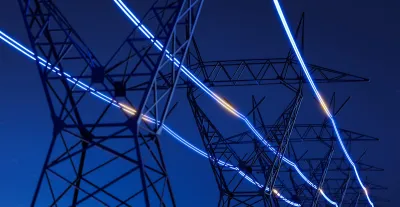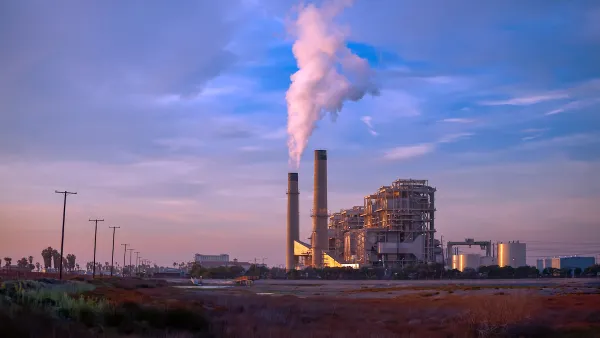How policy can support ‘efficiency-forward’ approaches to AI growth.

In an article for Fast Company, Moshe Tanach argues that “the Federal Aid Highway Act provides a valuable lesson for one of the biggest issues facing the tech industry today: How will we produce enough power to support the growing number of AI-focused data centers?”
As Tanach explains, the computational power needed to power the rise of AI doubles roughly every 100 days, calling for a strategy for addressing these growing energy needs.
This is where the highway model comes into play. We could choose to find ways to supply more energy to power AI (build more highways), or we could discover how to lower AI energy costs (invest in high-speed rail). One path leads to a power-sucking, climate-destroying future, while the other is sustainable and profitable.
Tanach describes an ‘efficiency-first’ approach that would focus on processing AI tasks with less energy and breaking “the cycle of increased usage leading to increased energy consumption.” Tanach particularly supports looking for ways to eliminate central processing units (CPUs) in AI Inferencing servers. “For the future of AI, we can either invest heavily in outdated ways of supplying power that put an additional strain on our current power grids or find a way to lower costs at the source—the AI data center itself—with baked-in systems engineering that does most of that heavy work.”
FULL STORY: The lessons that AI should take from the 1950’s Highway Act—and the disastrous pitfalls to avoid

Analysis: Cybertruck Fatality Rate Far Exceeds That of Ford Pinto
The Tesla Cybertruck was recalled seven times last year.

National Parks Layoffs Will Cause Communities to Lose Billions
Thousands of essential park workers were laid off this week, just before the busy spring break season.

Retro-silient?: America’s First “Eco-burb,” The Woodlands Turns 50
A master-planned community north of Houston offers lessons on green infrastructure and resilient design, but falls short of its founder’s lofty affordability and walkability goals.

Test News Post 1
This is a summary

Analysis: Cybertruck Fatality Rate Far Exceeds That of Ford Pinto
The Tesla Cybertruck was recalled seven times last year.

Test News Headline 46
Test for the image on the front page.
Urban Design for Planners 1: Software Tools
This six-course series explores essential urban design concepts using open source software and equips planners with the tools they need to participate fully in the urban design process.
Planning for Universal Design
Learn the tools for implementing Universal Design in planning regulations.
EMC Planning Group, Inc.
Planetizen
Planetizen
Mpact (formerly Rail~Volution)
Great Falls Development Authority, Inc.
HUDs Office of Policy Development and Research
NYU Wagner Graduate School of Public Service




























